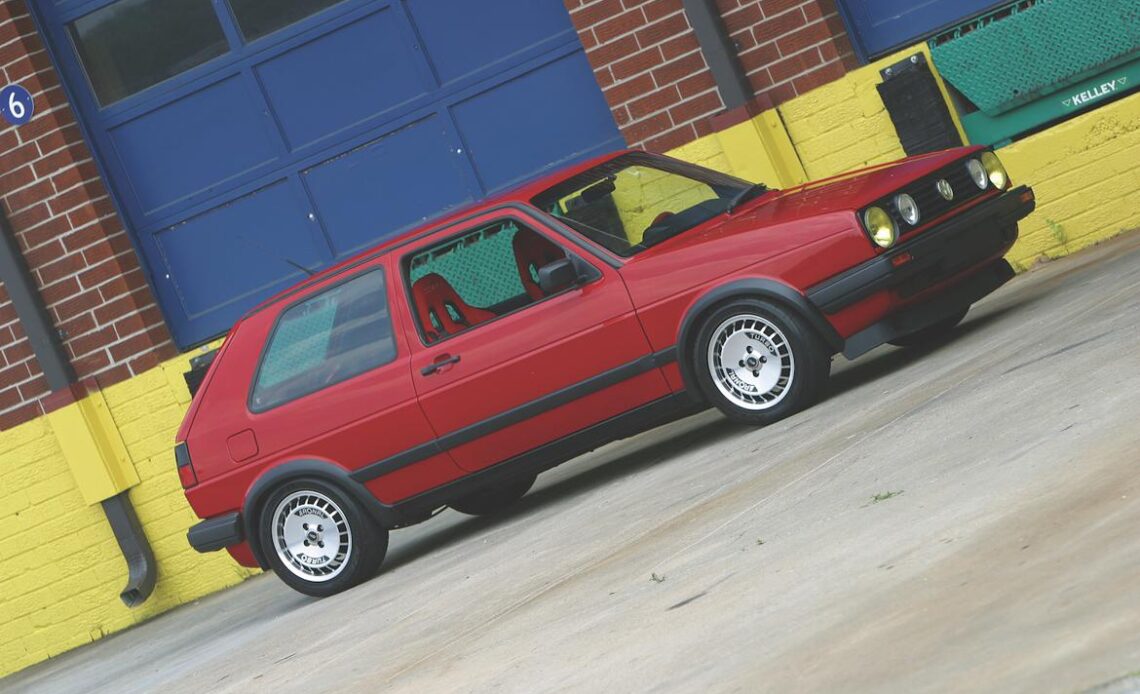[Editor’s Note: This article originally ran in the August 2011 issue of Grassroots Motorsports.]
Plenty of cars are named after animals that could kill you if provoked, but Volkswagens have tended to go by more humble handles. A zoo of Jaguars, Cobras, Barracudas and Sting Rays may make Beetles, Foxes and Rabbits seem downright sheepish, but VW models have enjoyed sales records that are anything but modest.
From its introduction in 1975, the Volkswagen Rabbit—known in overseas markets as the Golf—was an outstanding success for VW USA. It replaced the aging Beetle with a much more sophisticated package: a modern front-wheel-drive powertrain, clean Guigaro-designed lines and a useful hatchback layout. Available in two- and four-door guises with a number of different engines, including a clattering diesel, the Rabbit gave VW a new standing in the U.S. auto market.
In 1983, toward the end of the Rabbit run, VW introduced a cool, sporty two-door model known as the Rabbit GTI. Residing under the hood was a hotted-up 1.8-liter engine. With 100 horsepower, grippy sport seats and an uprated suspension in the lightweight package, the car won over enthusiasts.
Magazine reviewers fawned over the the GTI’s combination of practicality, fuel economy and sporty handling, and the car helped to popularize that oh-so-’80s category of “hot hatches.” Successive cars, such as the Toyota Corolla GT-S and Nissan Pulsar NX, can thank the GTI for paving the way in the U.S.
By the mid-’80s, though, the A1-chassis Golf/Rabbit was looking pretty dated, and sales had started to taper. VW needed something new, but not revolutionary. The factory set out to create an evolution of the A1 chassis, predictably dubbed A2, with updated looks and a larger size.
Up the Food Chain
Instead of hiring an outsider to pen the A2 body, this time VW enlisted in-house styling boss Herbert Schäfer. He created a clean design that was clearly related to the creased-line A1 Rabbit/Golf but featured nicely rounded edges, a longer wheelbase and more interior room. It was recognizably the same car but better in almost every way, not just in terms of styling.
Renamed the Golf in the U.S. market to match worldwide naming conventions, the new car was well liked for its increased utility,…
Click Here to Read the Full Original Article at Grassroots Motorsports Online Articles…

